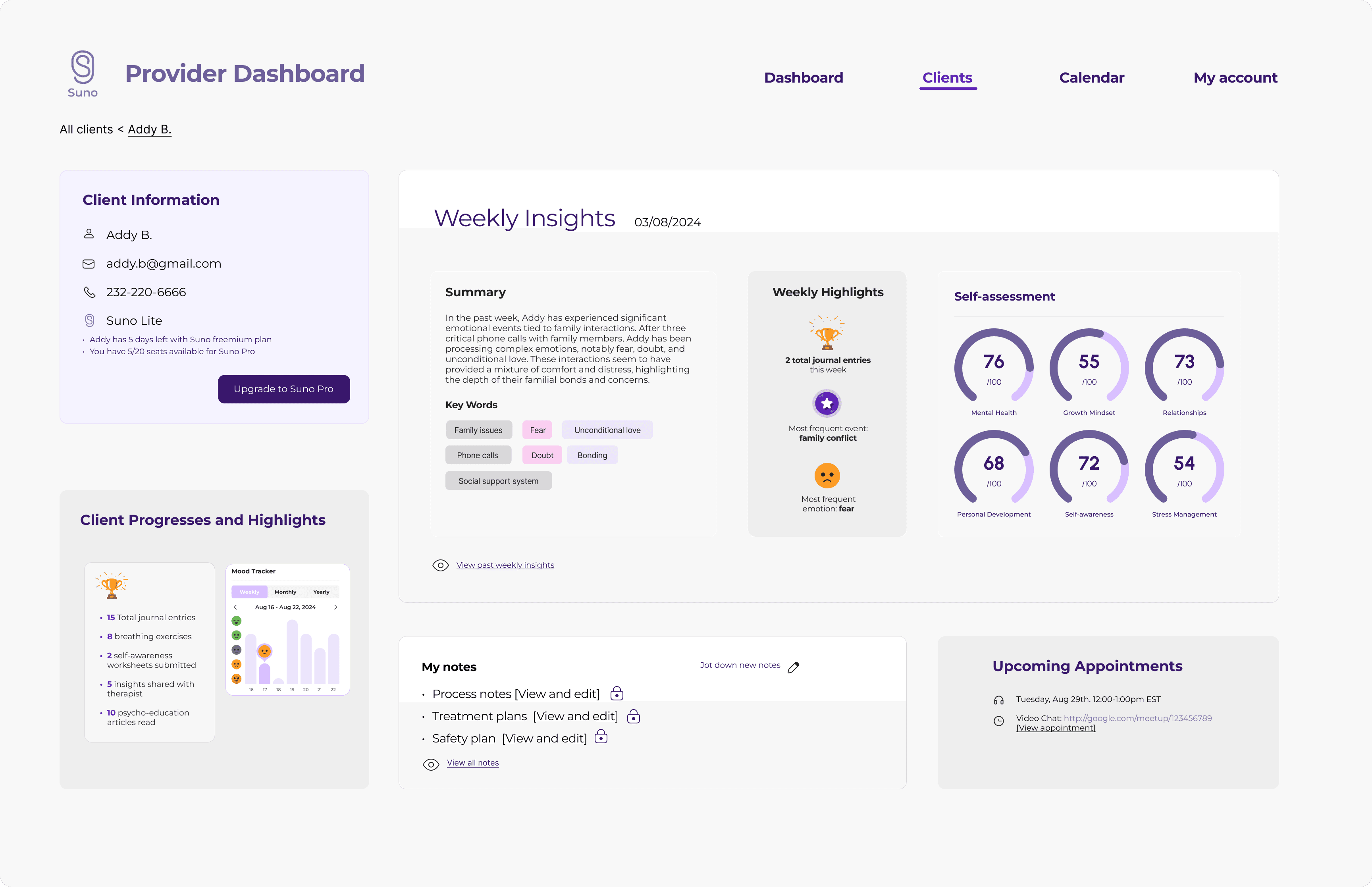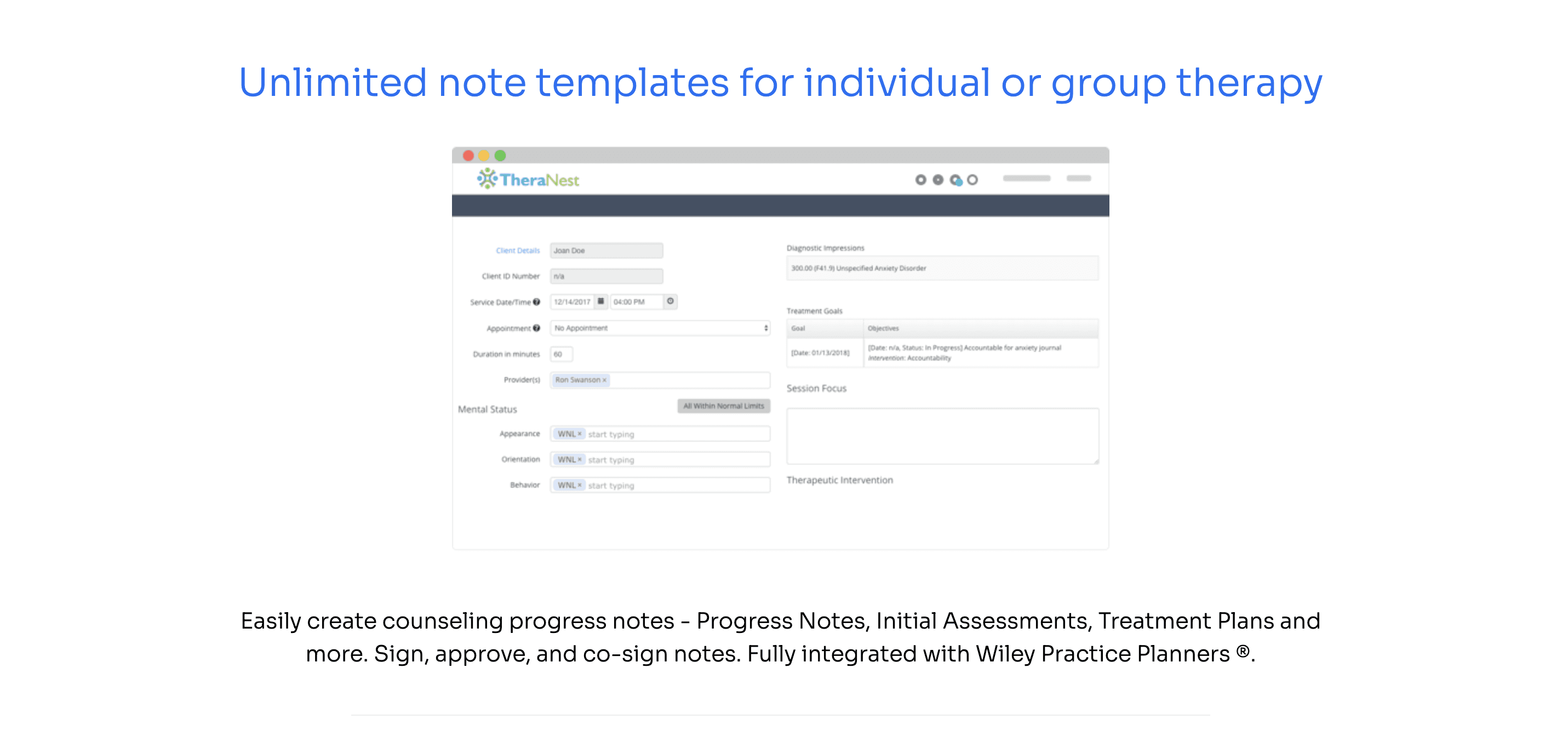10 Virtual Therapy Tools Every Therapist Should Know About
Sep 28th, 2024
Veronica Shih
A Brief History of Teletherapy
Teletherapy has seen rapid growth in recent years, evolving from a niche service to a mainstream option for mental health support. Initially driven by the need to provide accessible care to remote or underserved populations, the rise of teletherapy was further accelerated by the COVID-19 pandemic, which forced many therapists to pivot to online platforms. According to a study published by the American Psychological Association, 96% of clinical psychologists provided at least some services remotely, highlighting a significant shift in the industry towards virtual care. This transition not only sustained patient care during challenging times but also opened new avenues for the future of therapy.
Forces Driving Teletherapy Innovation
Several factors are fuelling the ongoing innovation in teletherapy and the development of advanced virtual therapy tools:
Increased Accessibility: Virtual therapy eliminates barriers such as travel time and geographic limitations, making mental health services more accessible to a broader audience.
Technological Advancements: Innovations in artificial intelligence, secure video conferencing, and digital health records are making it easier for therapists to offer effective online therapy.
Consumer Demand: There is a growing preference for convenient, flexible, and private therapy options, especially among younger, tech-savvy clients.
Regulatory Support: Many regions have updated their healthcare regulations to support teletherapy, further legitimizing and expanding its use.
Staying Competitive in the Evolving Teletherapy Landscape
To remain competitive, therapists must be proactive in adopting new technologies and tools that enhance their service delivery. This includes staying informed about the latest teletherapy innovations, investing in secure and user-friendly platforms, and continuously improving their digital competencies. Engaging in professional development opportunities focused on virtual therapy can also help therapists remain at the forefront of their field.
10 Virtual Therapy Tools Every Therapist Should Know About
The following tools are essential for any therapist looking to excel in the virtual therapy space:
1. Suno

Suno offers AI-powered insights and summaries of clients' emotional states, worries, and thought trends between sessions. It's designed to help therapists enhance their understanding of clients, improve retention, and streamline communication.
2. BetterHelp

A well-known platform that connects therapists with clients, providing an easy-to-use interface for scheduling and conducting video, phone, and text sessions.
3. Doxy.me

Doxy.me is a secure, HIPAA-compliant video conferencing platform tailored specifically for telehealth services. It’s easy to use with no downloads required for clients.

An all-in-one practice management software that offers telehealth capabilities along with scheduling, billing, and client documentation features.
5. TheraNest

TheraNest provides comprehensive practice management tools including telehealth, scheduling, and secure client communication, making it ideal for group practices.

A secure, HIPAA-compliant version of Zoom that is widely used for teletherapy sessions due to its reliability and ease of use.
7. Thera-Link

Thera-Link offers secure video sessions along with billing, scheduling, and a client portal, making it a versatile choice for private practices.
8. Talkspace

Talkspace allows therapists to connect with clients through text, video, and audio messaging, making it a flexible option for asynchronous therapy.

While not a therapy platform per se, Psychotherapy.net offers a wealth of resources, training videos, and tools that can support virtual therapy practice.

This platform offers robust telehealth features integrated into their practice management software, providing a seamless experience for both therapists and clients.
Embracing Teletherapy and Virtual Tools
Embracing virtual therapy tools is essential for modern therapists looking to thrive in a rapidly changing landscape. By integrating these technologies into their practice, therapists can offer more accessible, flexible, and effective care to their clients. Staying informed about the latest innovations and choosing the right tools will not only enhance therapeutic outcomes but also ensure that therapists remain competitive in an increasingly digital world.
Incorporate these tools into your practice to stay ahead, and remember, innovation in therapy isn’t just about technology—it’s about finding new ways to connect and support your clients effectively.
Veronica Shih

